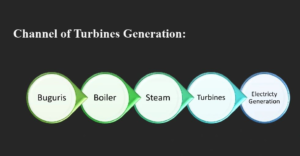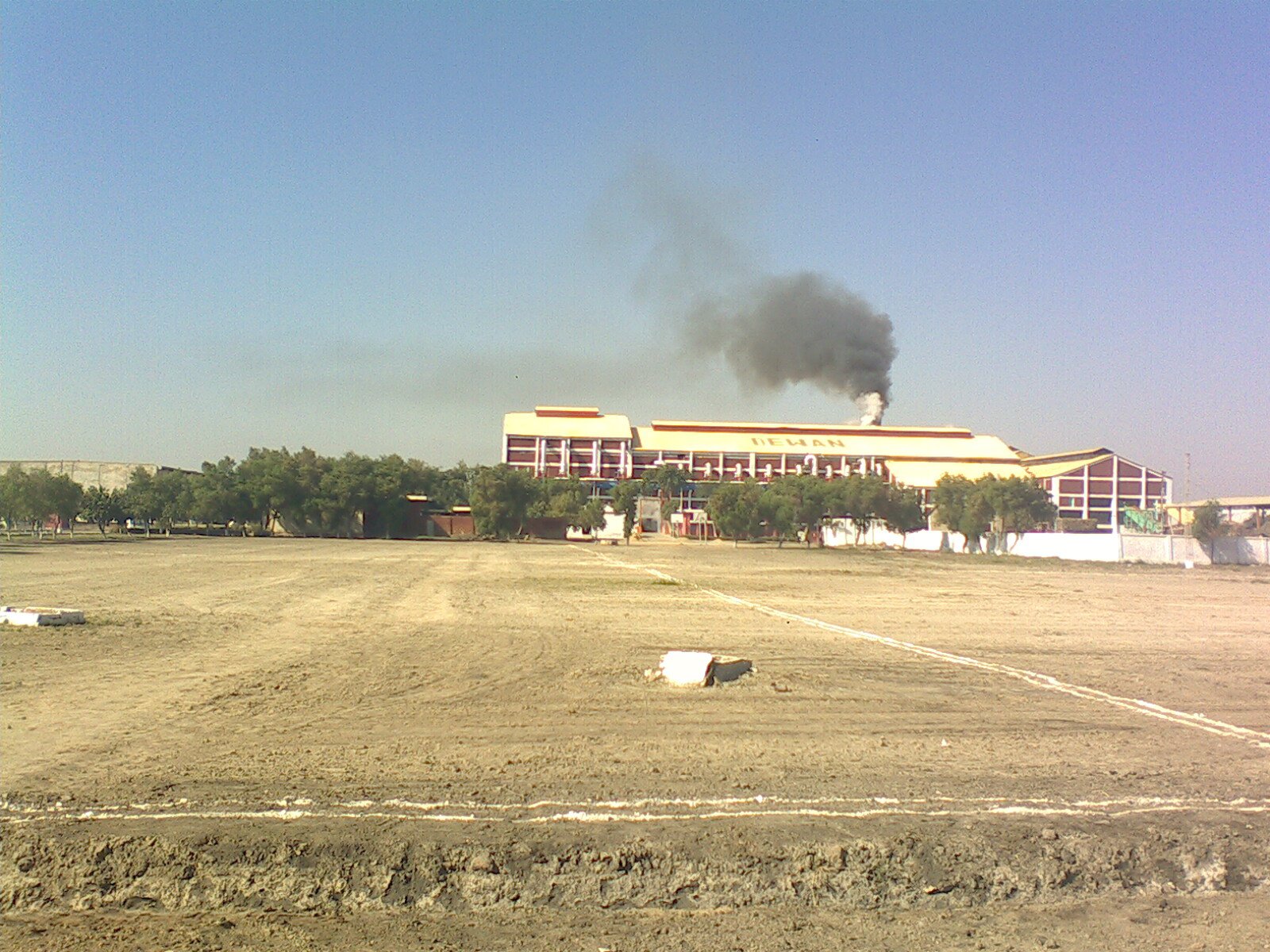In the face of soaring electricity prices, which have reached as high as 50 rupees per unit, Pakistan’s sugar industry is emerging as an unexpected but vital player in the country’s energy landscape. By leveraging steam turbines powered by sugarcane by-products, sugar mills are generating electricity at a remarkably low cost of just 15 rupees per unit. This innovative approach is not only transforming the country’s energy sector but also offering a blueprint for sustainable power generation that could have far-reaching implications across the globe.
For years, Pakistan’s sugar industry has been a major contributor to the nation’s economy, providing employment to thousands and supporting agricultural development. However, recent technological advancements are allowing the industry to go beyond its traditional role by generating affordable electricity through a process known as co-generation. This method utilizes bagasse the fibrous residue left after sugarcane is crushed as a biomass fuel to power steam turbines. As a result, sugar mills can now produce not only sugar but also large amounts of electricity, effectively killing two birds with one stone. The energy generated through this process is not only cheaper but also significantly more efficient and environmentally friendly compared to conventional fossil fuel-based power plants.

Source: Author’s Work
The impact of this development on Pakistan’s energy landscape is profound. At a time when high electricity tariffs are straining households and industries alike, the ability of the sugar sector to produce electricity at just 15 rupees per unit offers a much-needed reprieve. This cost-saving of 35 rupees per unit has the potential to revolutionize the economy. Lower energy costs mean that industries can reduce their operational expenses, leading to more competitively priced products both locally and internationally. This not only provides relief to ordinary consumers, who are currently grappling with high utility bills, but also enhances the competitiveness of Pakistani goods in global markets.
The sugar industry’s model could serve as a catalyst for change, inspiring other industries to adopt similar approaches to energy generation. The potential ripple effects on the economy are enormous, as cheaper electricity translates into reduced production costs, which in turn could lead to lower inflation and more affordable goods and services across various sectors. This would make a tangible difference to the lives of millions of Pakistanis who are struggling to cope with rising living costs.
The benefits of this co-generation process extend beyond just economic gains. One of the most pressing issues of our time is climate change, and the sugar industry’s use of bagasse as a biomass fuel is contributing to a significant reduction in greenhouse gas emissions. Traditional power generation methods, which rely heavily on fossil fuels, are notorious for their high carbon footprint. In contrast, biomass-based energy is considered carbon-neutral, as the carbon dioxide released during combustion is offset by the amount absorbed by the sugarcane plants during their growth cycle. This makes the sugar industry’s energy model an excellent example of sustainable power generation that aligns with global efforts to combat climate change.
By adopting this model, Pakistan is making strides toward meeting its renewable energy targets. The government has set ambitious goals to increase the share of renewable energy in the national energy mix, and the sugar industry’s co-generation process is a significant step toward achieving these targets. This positions Pakistan as a leader in the transition to cleaner energy sources, serving as a case study for other developing countries facing similar energy challenges.
The success of Pakistan’s sugar industry in harnessing bagasse for electricity generation is not an isolated phenomenon. Around the world, countries are increasingly looking toward agricultural by-products as a sustainable and cost-effective source of energy. For example, Brazil has been at the forefront of utilizing bagasse for energy production. The country’s sugar mills not only produce sugar but also generate enough electricity to power over 8 million households. This has made Brazil a global leader in biomass energy and significantly reduced its reliance on fossil fuels. Similarly, India and Thailand have adopted co-generation technology in their sugar industries, contributing to rural electrification and enhancing energy security.
Pakistan’s sugar industry has shown that it’s possible to turn waste into wealth by utilizing by-products for electricity generation. The next logical step is to explore how this model can be expanded to other agricultural sectors. Industries such as rice, wheat, and cotton, which produce significant amounts of biomass waste, could potentially adopt similar co-generation technologies. For instance, rice husks, wheat straw, and cotton stalks can all be used to produce biomass energy, creating a more diversified and sustainable energy portfolio for the country.
By expanding the use of biomass energy across multiple industries, Pakistan could significantly reduce its dependence on expensive imported fuels, improve energy security, and create new opportunities for rural employment and income generation. This would not only contribute to the country’s economic development but also play a crucial role in its efforts to combat climate change.
As Pakistan continues to grapple with frequent power shortages, rising costs, and an over-reliance on fossil fuels, the sugar industry’s co-generation model offers a beacon of hope. This innovative approach represents a shift toward a more sustainable and self-reliant energy future one where local industries play a central role in addressing the country’s energy challenges.
The environmental, economic, and social benefits of this model are clear. By utilizing an abundant and renewable resource, the sugar industry is helping to reduce greenhouse gas emissions, lower energy costs, and create a more resilient energy sector. This is a solution that not only meets the immediate needs of the country but also paves the way for a cleaner and more sustainable future.
In conclusion, the story of Pakistan’s sugar industry and its turbines is one of innovation, resourcefulness, and a commitment to sustainability. It offers a powerful reminder that sometimes, the answers to our most pressing challenges can be found in the most unexpected places. By embracing this model and expanding it across other sectors, Pakistan has the opportunity to transform its energy landscape, creating a brighter and more sustainable future for all.
Disclaimer: The views and opinions expressed in this article are those of the author and do not necessarily reflect the official policy or position of The Global Dynamic or its editorial team.


